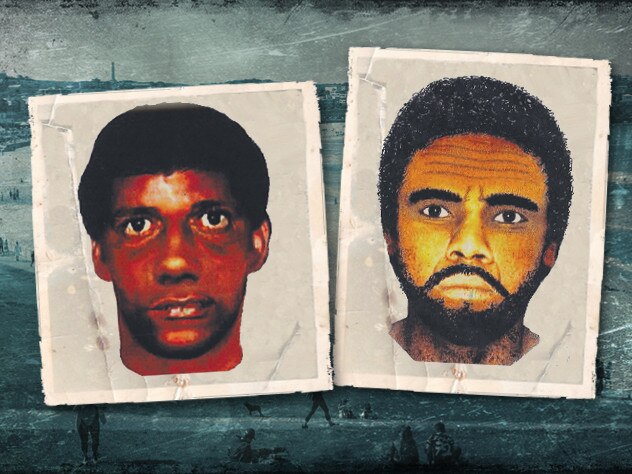The Beast of Bondi: how police used DNA to catch a serial rapist
Dozens of women have been terrorised by a serial rapist since the mid-1980s. Police investigated more than 30 attacks - but one in particular finally collared the Beast of Bondi. Here’s how they did it.

Police & Courts
Don't miss out on the headlines from Police & Courts. Followed categories will be added to My News.
Over the years, there had been more than 30 investigations into the attacks, with the culprit being given different names such as The Eastern Suburbs rapist, the Centennial Park rapist and the tracksuit rapist.
His first known attack was in 1985 and his last in 2001. In most cases, he held a knife to his victim’s throat or threatened them with a knife.
Teams of detectives and scientists have been closing in on the man since 2005, when a review of State’s Cold Cases first discovered a DNA link between five crime scenes.
Strike force Doreen was set up to investigate and by 2011 new DNA technology linked him to 12 rape scenes and investigators said methodology made them certain he was responsible for another 19.
“In 2016, we had a familial hit giving us a potential lead we began to work on,” said Detective Sergeant Dan Walker of Forensic Evidence and Technical Services Command.

He said whenever a new technology in DNA or forensic science became available, Strike Force Doreen was in the forefront of NSW Police’s priorities.
“Then in 2020, we had another hit through the system and that was through Y-STR testing, which searches for individuals who carry the same Y chromosome in their DNA to the samples at the crime scenes,‘’ he said.
Now police could build a much larger ‘family tree’ which was then used to target lines of inquiry.
Police had 324 individuals on five branches of an extended and distant family tree, dating back to great grandparents.
Then the massive job of pruning the tree began – detectives quickly cut it down to 120 because of age, location, deceased and physical characteristics ruling them out.
There were a myriad of challenges for investigators, with poor records in some cases, multiple offspring which had to be verified and were not always recorded.

Police began covertly investigating some of those on the tree that could have been the source of the DNA.
They didn’t want the perpetrator fleeing, they also didn’t want to put innocent people through the ordeal of being involved in a rape investigation. So, they were discreet.
Investigators will not detail the method of how many were eliminated except much of it involved old fashion police work but admit there were some covert methods used.
Others were ruled out by checking work records or if someone was overseas or in custody.
“When we had the 120 people, a lot had been eliminated because of the work of previous investigations. By cross referencing those names, we reduced the numbers we had to work on,” said investigator Detective Senior Constable Joshua Reeks.

Many were spoken to by police, although they are quick to point out they were not interviewed as suspects, but people aiding an investigation.
“(Keith Simms) wasn‘t identified as the suspect until after he had passed. It got narrowed to that branch of the family tree in early 2022 and he was in that branch, but by this time he had died,’’ said Detective Sergeant Dan Walker.
“We were working through that branch of the family tree and then it narrowed to a point where the investigation was focused on him, however at that point he had already died,” he reiterated.
Within a week of identifying him as the most likely contributor of the DNA, police obtained a warrant for material they knew contained his DNA and had a positive match.
The hunt for the Beast of Bondi was over.



